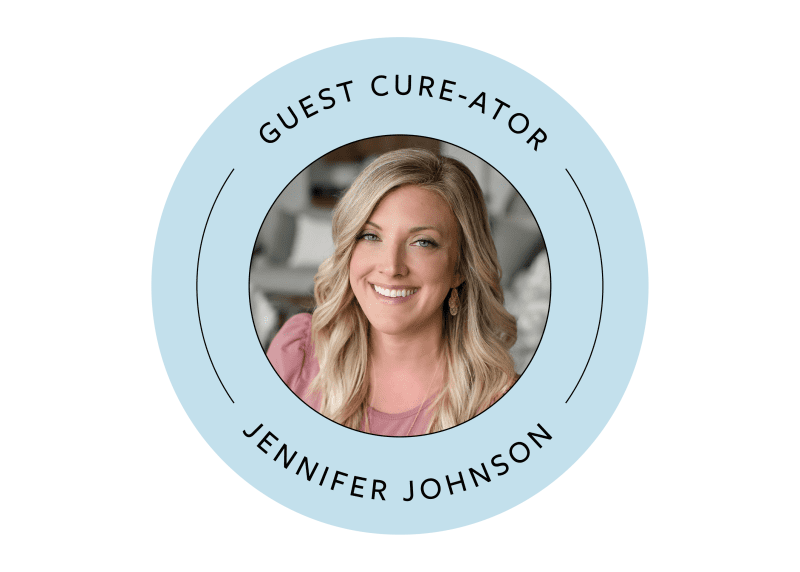The “Trick” to Making a To-Do List That Works, According to a Pro Organizer


Apartment Therapy’s January Cure is a free 18-day program that’ll help you reset your home for the year ahead. Joining us today is guest cure-ator Jennifer Johnson of The Orderly Space, a professional organizing business based in Washington state.
It’s now the second week of the January Cure and we’ve already accomplished so much these last few assignments, including creating a vision board, decluttering a drawer, setting up our outbox, and even cleaning the floors. As we continue to dive into deeper projects, we need to make a plan that will not only keep us focused, but also set us up for success.
That’s where a to-do list comes in handy, so that’s what we’re going to use to help us stay organized.
Day 4: Create a to-do list and pick a project.
Creating a to-do list that you’ll actually keep can be a challenge, which is why we enlisted the help of Jennifer Johnson, the founder and owner of The Orderly Space, a professional organizing service based in Washington state. She started the company with a mission to help busy households like her own create streamlined, custom solutions for their spaces.
A to-do list can be as simple as a piece of paper, a page in your planner, or an app on your phone. “There’s not a one-size-fits-all method for everyone,” says Johnson, so the first step is to decide what your preferences are. Do you like to write things down and cross them off, or do you prefer typing? Do you like to separate your to-do list from your other things, or keep everything in one planner?
Figure out what works best for you and then be specific in your task logging. “A specific to-do list is going to be an accountability center for you to make sure you follow through,” she says. So instead of just saying “mail,” you’d include more details like “Sort the mail and put it away.” You should also keep your to-do list in the same place, whether that’s pinned up on a cork board, in your planner that’s always in your bag, or on your desk.
Once you’ve decided on what you’ll use to track your home’s to-do list, put down some tasks you want to complete. You can walk around your home and make notes of what needs to be fixed or what you want to improve. Perhaps it is something as simple as a lightbulb change or maybe it’s a total room makeover.
If you have a large project, Johnson says “time blocking” is crucial. “It’s really easy to spread yourself very thin and jump from task to task to task … all [those] transitions add up to a lot of wasted time.” So you’ll want to dedicate time blocks where you’ll be putting work toward this project so that you can stay focused.
For instance, if you are making over a room in your house, you can allocate some time every Friday to make progress on the steps needed to complete that project. By making these “mini-tasks,” you’re able to chip away at the larger task. “I feel like people are going to be more efficient with their time and it feels more manageable,” she says.
Once you feel good about your to-do list, the last thing you’ll do is pick a project you want to work on this month. It can be something you plan to 100% complete or something you plan to make progress in (maybe even one highlighted on your vision board). We have a dedicated day for working on this project, so don’t feel like you have to rush on all the details. For now, just select the thing you want to put energy towards.
JOHNSON’S PRO TIP: Johnson has her number listed as a contact on her phone so whenever she’s on the road or away from her to-do list, she can simply text or send a voice message to herself of the things she needs to add to it. She’ll leave this unread until she’s ready to sit down and add these notes to her main to-do list.
What project do you plan to tackle this month? Tell us in the comments below.
More ways to participate in the January Cure:
Sign up for email updates or SMS alerts
Visit the 2024 January Cure page and catch up on assignments
Download the January Cure calendar
Get organized with the 2023 Organization Awards
Check off that you’ve completed this task and track your overall January Cure progress here!
The Cure Program is a tradition here at Apartment Therapy — it happens every January, April, and September. Click here to learn more about the year-round program and when to sign up.

